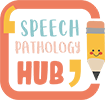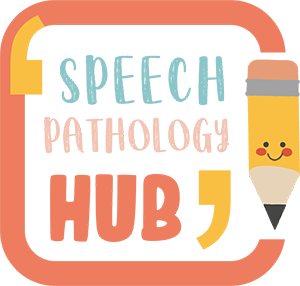Language is the use of sounds, signs, or written symbols to communicate and express ourselves. It requires knowledge and understanding of grammar, sentence structure, word meaning, vocabulary, etc., as well as non-verbal communication skills, such as facial expressions and gestures. We can break language down into two broad types:
Receptive Language
This refers to our understanding of language, such as following instructions and understanding questions, concepts, and stories.
Expressive Language
This refers to our use of language to express our ideas, thoughts, and feelings, communicate our wants and needs, connect socially with others, and convey information.
Components of Language
There are five domains of language:
Pragmatics
The social use and functions of language, e.g. to ask questions, greet people, share ideas, etc.
Semantics
The meaning of language, i.e. knowing the meaning of words and how to form new words.
Syntax
Sentence structure, i.e. making well-formed, grammatical sentences.
Morphology
Grammar skills, i.e. understanding the parts of words, such as prefixes, suffixes, and base words.
Phonology
The sounds of language, i.e. how sounds are organised in our minds and used to convey meaning.
Language Difficulties
When children experience language difficulties, they may have trouble:
- Understanding and using a variety of words
- Following directions or long instructions
- Putting their thoughts into words and finding the right words to say
- Creating coherent sentences
- Remembering what people say



